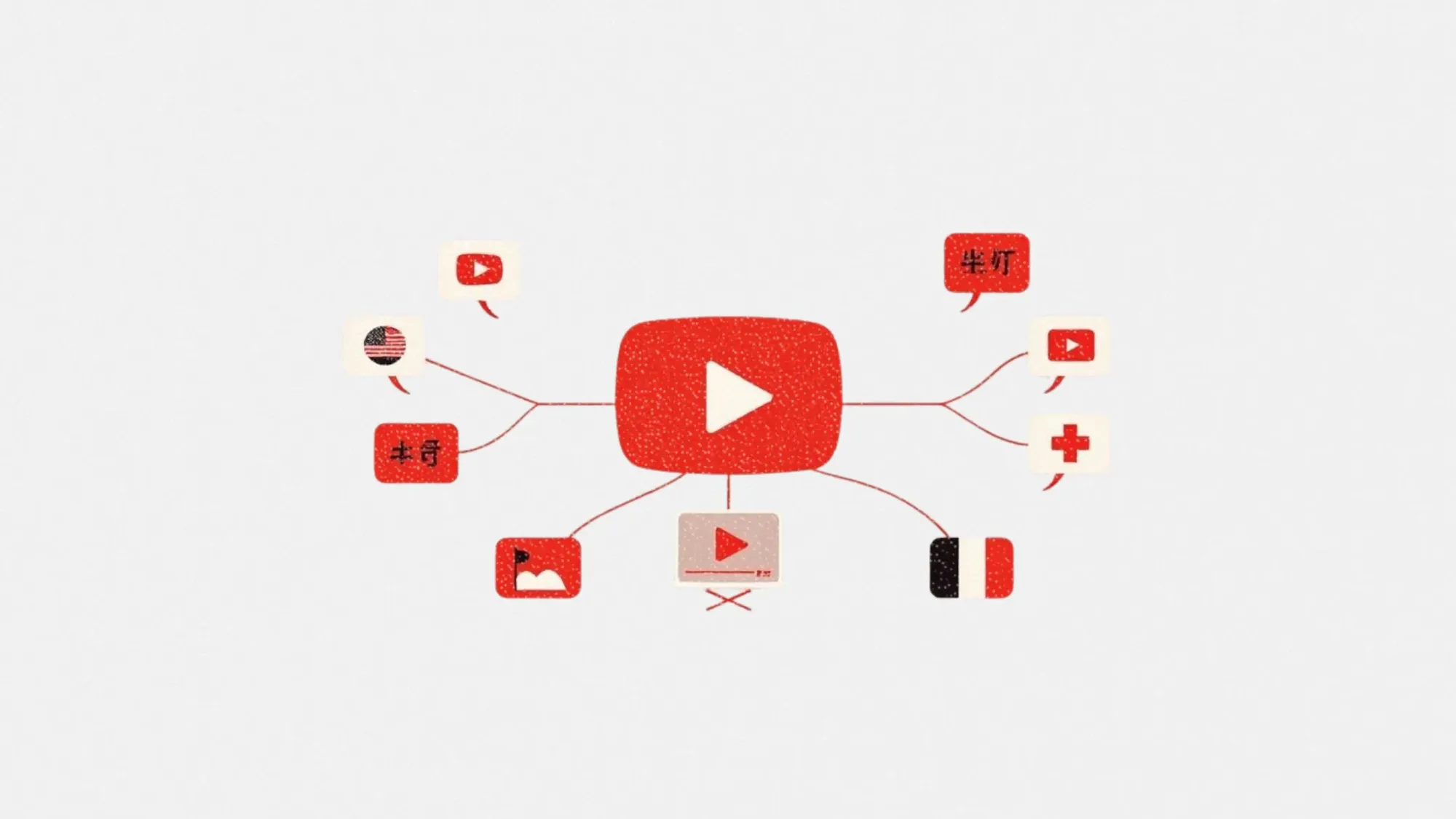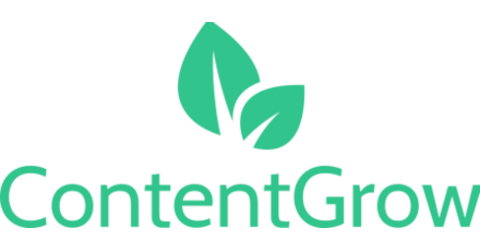
YouTube is going all in on multilingual content. The platform now lets creators dub videos in multiple languages, a move aimed at driving global viewership and brand visibility.
The announcement follows a two-year pilot with creators like MrBeast, Mark Rober, and Jamie Oliver. YouTube reported that over 25% of watch time for dubbed videos came from viewers watching in a language other than the video’s primary one. Now, more creators will gain access to this feature, along with a new pilot for multi-language thumbnails.
This article explores what these updates mean for marketers, how the tools work, and what strategic advantages multilingual content brings to brand campaigns.
Short on time?
Here is a table of content for quick access:

What YouTube just launched for creators
YouTube’s multilingual audio feature allows creators to upload dubbed versions of their videos onto a single video file. Viewers can choose their preferred language from the audio settings, making it easier to serve international audiences without splitting traffic across multiple channels.
During the pilot phase, dubbed videos saw meaningful lifts in watch time from non-native speakers, reinforcing the value of localized content.
Alongside the audio update, YouTube is testing multi-language thumbnails. This feature lets creators upload localized thumbnails based on each viewer’s language settings, providing a visual hook that matches the audience’s expectations and reading context.

Context: why this matters now
YouTube’s update solves a key friction point for global content creators. Instead of producing separate videos for different regions, creators can now deliver localized content through a single asset. This simplifies analytics, boosts efficiency, and avoids splitting engagement across multiple uploads.
The move also reflects a broader industry trend. Platforms are increasingly investing in personalization and localization tools. Netflix has long used dubbed and subtitled content to win global audiences, while Meta is experimenting with language-specific delivery in its ad tools and content feeds.
For YouTube, this also strengthens the value of its creator ecosystem. With over 3 million creators in the YouTube Partner Program, the platform continues to offer brand marketers more scalable and globally diverse inventory.
What marketers should know
This update is not just for creators. Brand and agency teams working on YouTube campaigns can now rethink how multilingual content plays into their strategy. Here’s how to take advantage of the change:
1. Reach more markets with fewer assets
Instead of commissioning multiple versions of the same video, marketers can now work with creators to localize one high-quality asset. Multilingual dubbing allows campaigns to go live in more regions without multiplying production costs.
2. Upgrade creator briefs with language options
If you’re using Brand Connect or participating in Open Call, make sure your campaign brief mentions language requirements. Creators can now submit multilingual pitches, giving you flexibility to reach segmented audiences without additional overhead.
3. Track performance by language
Marketers should begin requesting performance breakdowns by language track. Knowing which markets respond best to dubbed content allows for sharper targeting and future media planning.
4. Optimize thumbnails for global campaigns
Localized thumbnails matter. They can significantly boost click-through rates, especially in regions where English is not the primary language. As this feature expands, marketers should incorporate localized visual elements into their campaign review process.
YouTube’s multilingual push opens the door to a more globalized, efficient, and inclusive video marketing ecosystem.
For brands, this means more bang for every content dollar and the chance to connect authentically with audiences far beyond their home markets. With localization tools baked into the platform, there’s now less excuse for ignoring international reach in video campaigns.




Leave a Reply